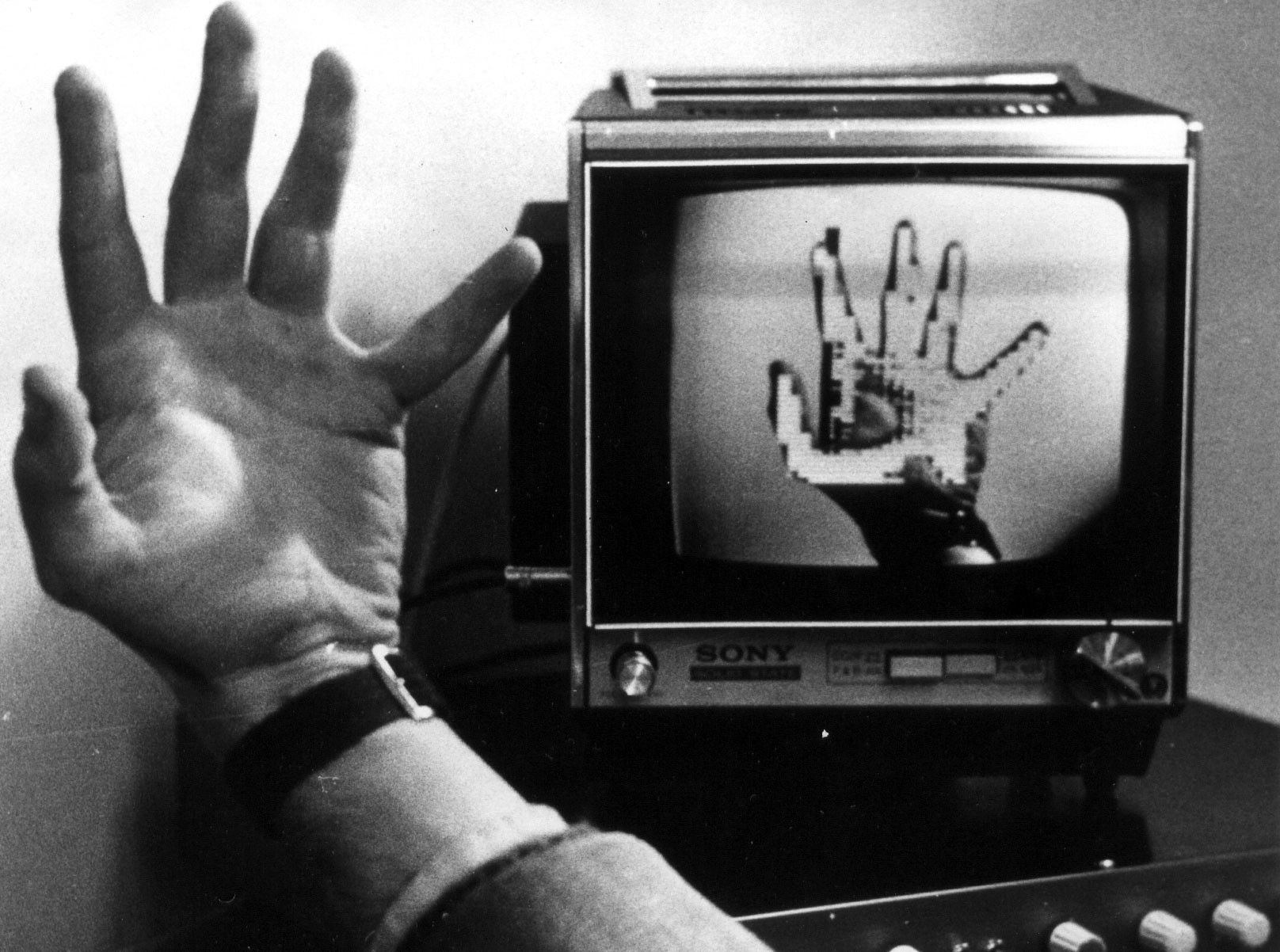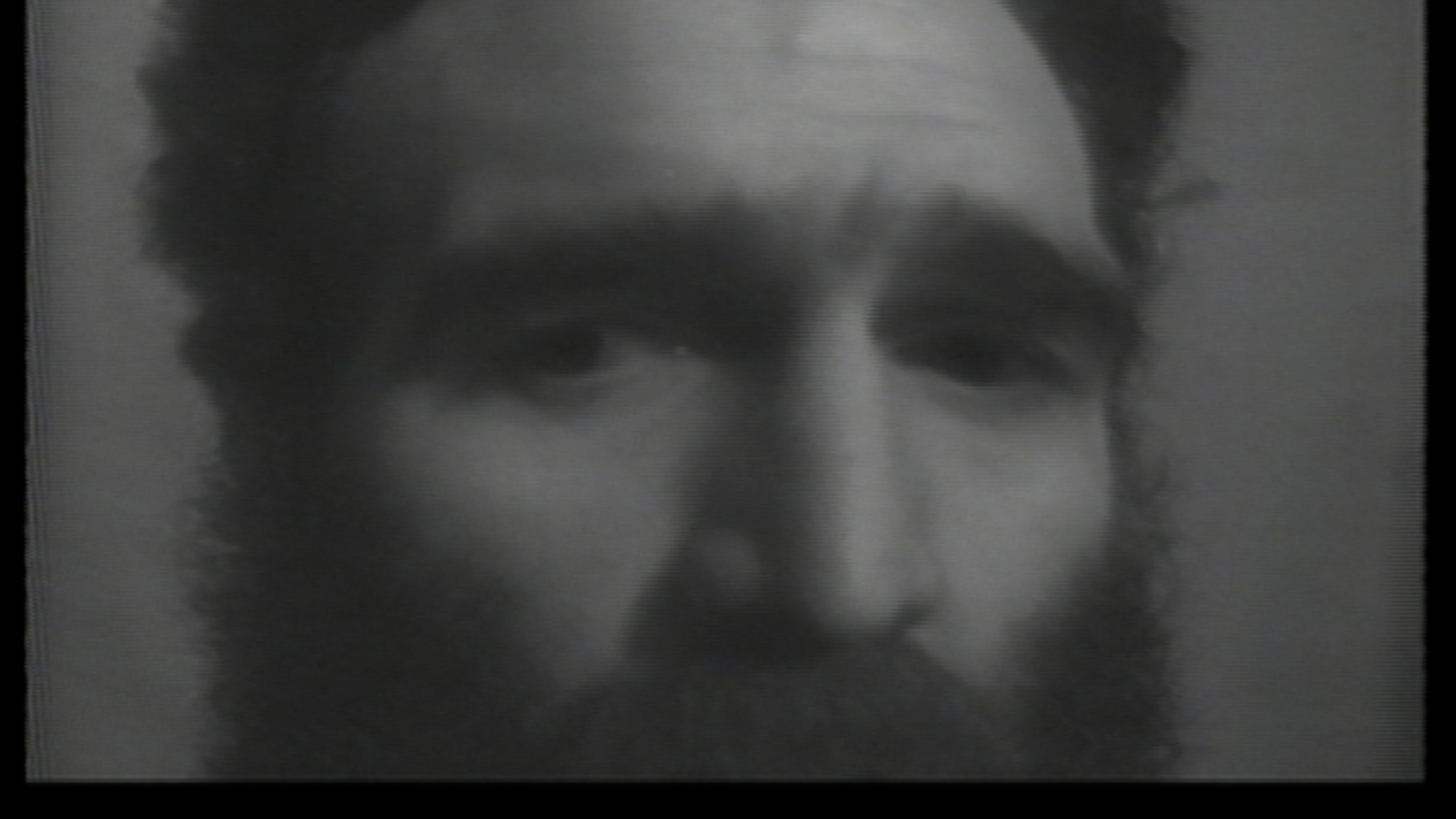| Screening & Talk | Feedback to the Future with Ina Blom and Giampaolo Bianconi |
|---|---|
| Location | Anthology Film Archives, New York, NY |
| Date | 2019, Nov 1 |
| Artists | Erkki Kurenniemi and Paul Ryan |
The screening includes a selection of clips from Kurenniemi’s video archive from the 1980s (courtesy of the Finnish National Archive), as well as an excerpt of Ryan’s “Video Wake for My Father” (1971), screening for the first time in the United States since 1976. This event will be the very first time the work of both artists is presented in dialogue. The screening will be complemented by a conversation between Schmitt, historian Ina Blom and curator Giampaolo Bianconi. “One moves in a vicarious experience of intimacy with an electronic image that cannot respond in real time,” posited the American media theorist and video pioneer Paul Ryan in his 1973 text, Cybernetics of the Sacred. At the time, he had already begun to warn against the increased use of hyper-connectivity and video technologies in a fragmented modern, post-war society, noting the two main negative effects of the technologies on human experience, namely ‘corruption of memory’ and ‘displacement of intimacy’. Imagining a utopic future however, Ryan was part of a larger cohort of video pioneers who — in the words of Ina Blom — investigated the cybernetic continuity between biological and technical modes of being, as well as nascent ideas of artificial life.
For these artists, a techno-utopic future was one where individuals developed into communities, connected through — and integrated with — technology. Concurrently, and similarly, on the other side of the Atlantic, the Finnish multimedia artist Erkki Kurenniemi imagined the technological capabilities going one step further: that video could preserve, supplement, or even replace, the human experience. His position was equally optimistic in that — rather than accepting the inevitability of biological death — we could reframe our perspective towards imagining virtual and technological immortality or transhumanism.
The event is supported by the Kone Foundation. Schmitt would like to acknowledge the support of Mika Taanila, Perttu Rastas, Jean Gardner, and Rebecca Cleman, without whom this screening would not be possible.

1/2 
2/2